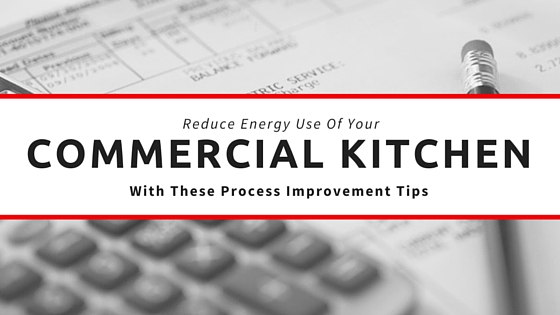How To Reduce Energy Use Of Commercial Kitchens
Does your property currently have a commercial kitchen? If it does, then it’s most likely the source of the majority of your energy intensive operations. More often than not, it can use around five times more energy than any other area in your facility. Here are a few tips on how to cut down on commercial kitchen energy use:
Observe Your Staff
Look into how your staff uses your facility’s kitchen equipment, such as the ovens, refrigeration and others. Do they turn them all on when they begin in the morning even when they’re not needed? Are they leaving the equipment running even after the busy time period of each meal? Do they leave the walk-in freezer and refrigerator doors constantly open? Take note of any behavior that might affect your energy usage.
Plan Improved Procedures
Review your observations and note down the kitchen’s busiest times. Establish and execute proper procedures for handling kitchen equipment. For ovens, look into its pre-heat time, best cooking settings, and most efficient operation and shut-down procedures. Determine when it is essential to be running and if staff can bring temperatures down when activity is slow, as well as the earliest time that staff can turn off ovens at the end of a day. Label ovens with their pre-heat time so it doesn’t need to be turned on earlier than necessary.
Does all of your refrigeration equipment need to be on at the same time? What can be consolidated to save on energy? Qualify which specific equipment should be turned on during each mealtime. Turn off what isn’t being used. For example, if you have several gas fryers, shut down around two to three in the slow hours.
Measure Energy Usage
The best way to measure energy usage in your kitchen and throughout your property is by using submeters. The alternative to this is to look at each equipment’s specifications and manually compute the impact of three hours less run time. Review each monthly energy bill to see if the savings are realized.
Follow-Up And Communicate
Maintaining your energy efficiency program is key. Do so by communicating with your staff regularly and showing them the resulting energy savings after implementing the program. Review your plan every few months to adjust it to optimum performance as your business changes.




